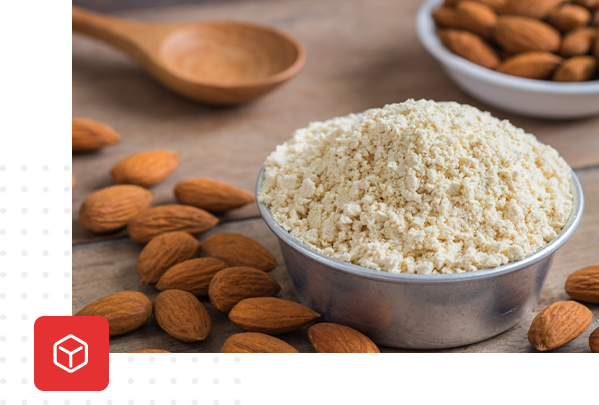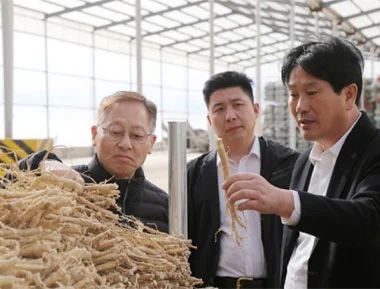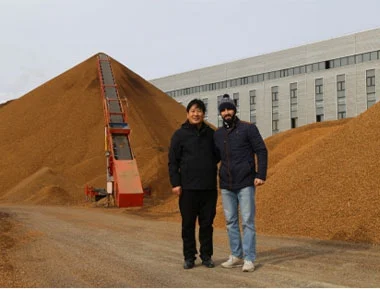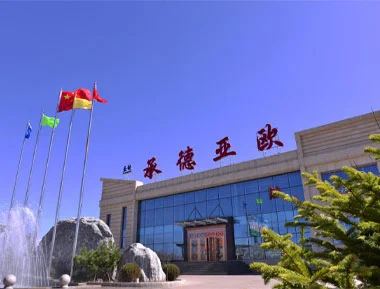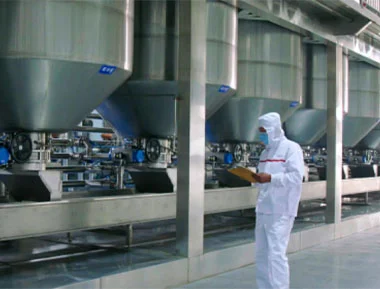YAOU Chinese Traditional Medicine Types
-
Angelica Dang Gui
Angelica sinensis is a commonly used herbal medicine.
View More Extraction Way
Angelica sinensis has the following main characteristics and effects:
Tonifying and invigorating blood: it is good for improving conditions such as blood deficiency and blood stasis.
Regulating menstruation and relieving pain: It is commonly used for gynecological diseases, regulating menstruation and relieving symptoms such as menstrual cramps.
Laxative: It can help improve constipation problems. -
Astragalus Membranaceus Bunge
Astragalus is an important traditional Chinese medicine.
View More Extraction Way
It has the following remarkable features and effects:
Replenish qi and elevate yang: it can elevate the body's yang energy and improve conditions such as qi deficiency and weakness.
Fixing the surface and stopping sweating: it has a certain regulating effect on spontaneous sweating and night sweating.
Promotes water retention and reduces swelling: helps expel excess water from the body and reduces edema.
Supports sores and muscle growth: promotes the recovery of sores and ulcers that have not healed for a long time. -
Ligusticum Chuanxiong
Chuanxiong is a commonly used Chinese herb.
View More Extraction Way
Its characteristics and effects include:
Promoting blood circulation and circulation of qi: it can promote blood circulation and improve qi and blood stagnation.
Dispelling wind and relieving pain: it is effective in relieving headache and rheumatic paralyzing pain. -
Platycodi Radix
Platycodon grandiflorum is an herb with many properties and uses.
View More Extraction Way
Its characteristics and effects are as follows:
Promoting the lungs and facilitating the pharynx: it helps the lung qi to be promoted, and has an ameliorating effect on symptoms such as unfavorable pharynx.
Dispelling phlegm and pus: it can promote the discharge of phlegm, which has some applications in some lung infections and other conditions.
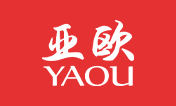
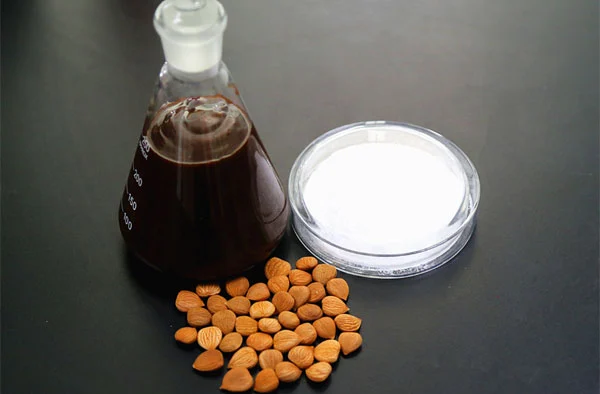
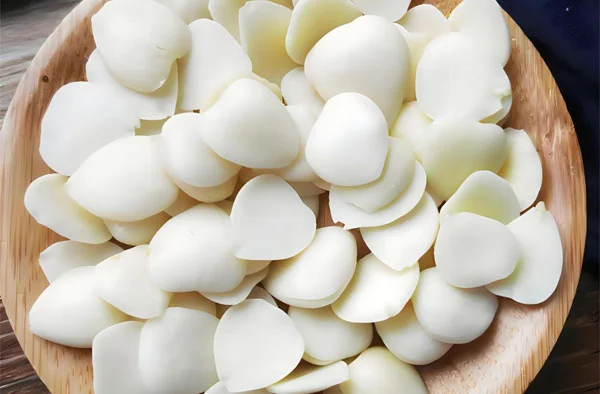
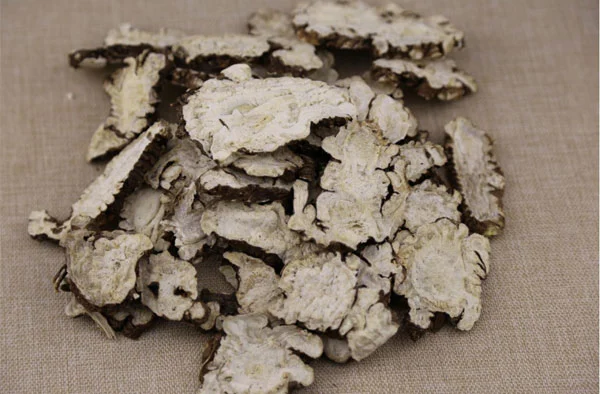
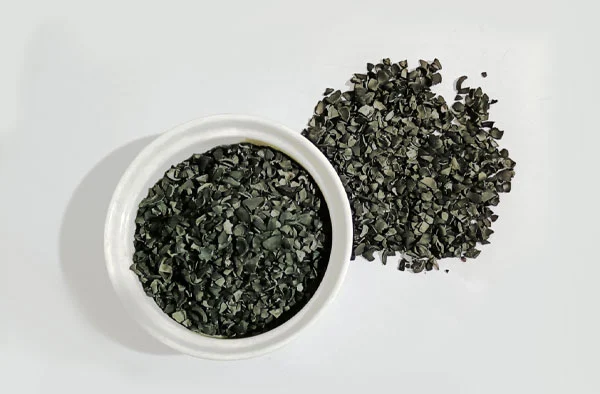

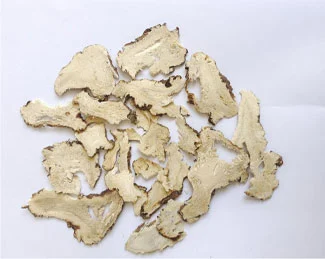
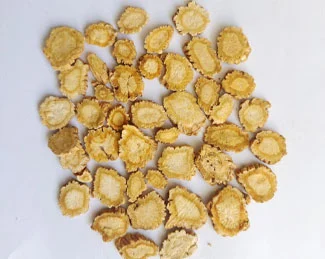
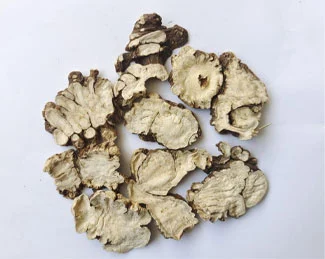
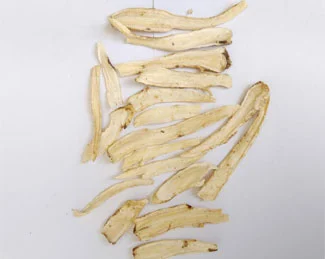
 Products
Products


